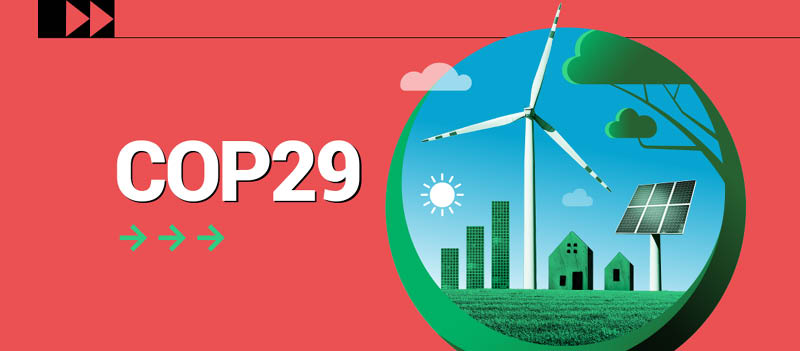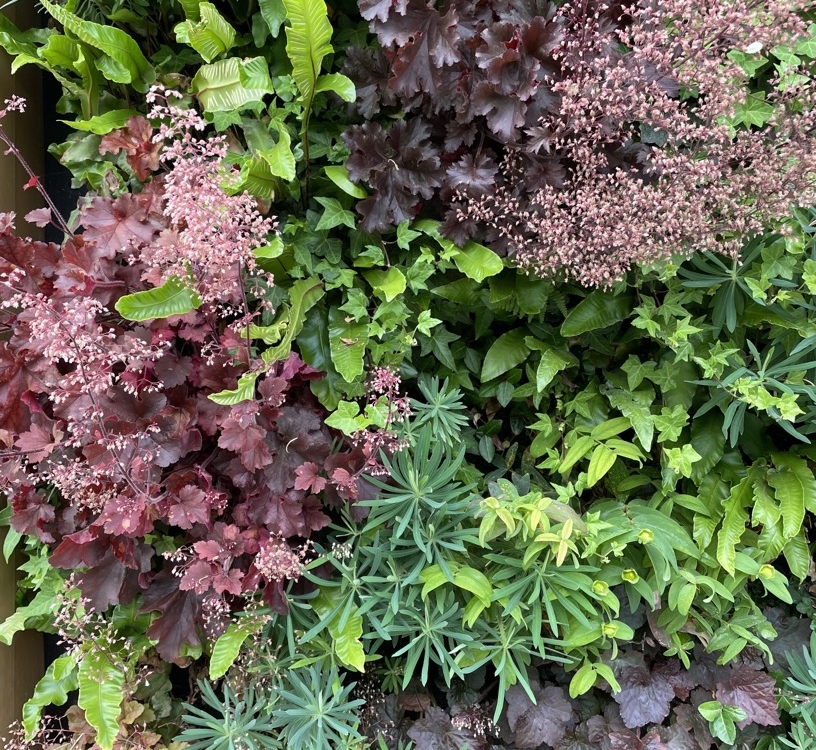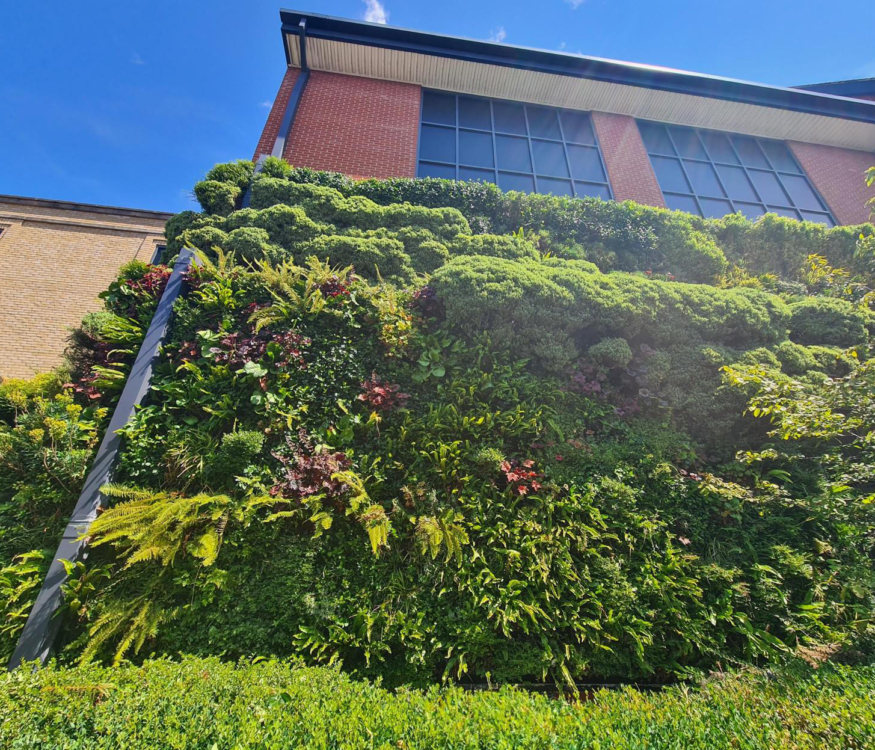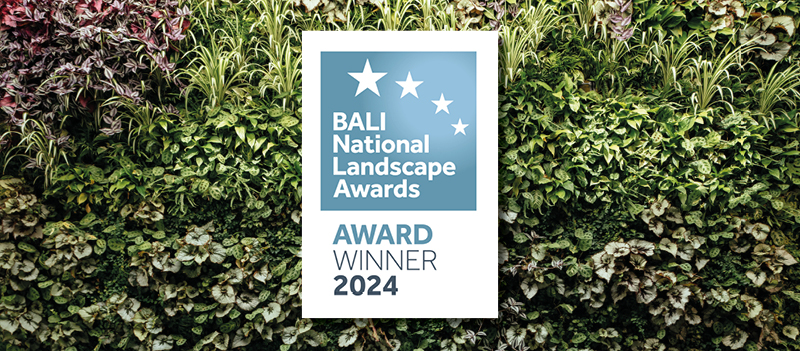The 16th January marks Blue Monday, dubbed the most depressing day of the year. In addition to the usual post-Christmas lull, dark wintry weather and awaiting the arrival of pay day, city dwellers have claimed a lack of greenery in their area is also giving them the blues.
We surveyed 2,000 city dwellers. We found that two thirds (66%) of people who live in urban environments want to see more botanical beauty where they live, with over a quarter (26%) feeling demotivated by the lack of green space in their area and one in five (20%) feeling isolated. More than half (51%) think there is not enough investment in urban greening and two fifths (43%) believe there is just too little space available for nature.
Recognising that there is simply not enough horizontal space for parks and open areas, the majority (57%) would welcome more vertical greenery, such as living walls, to make up for the lack of ground level room in their city. Others want more trees (43%), flower beds (38%) and grass (36%) – as many (78%) say greenery improves their mental wellbeing.
A large number of city dwellers (79%) said they enjoy living in an urban place, thanks to the convenience, career opportunities and social life. Yet the research also found over two thirds (67%) would consider moving to a greener suburb or the countryside to be able to enjoy nature more. Those looking to move want cleaner air (40%), a calmer life (39%), more space (34%) and to be able to get outside more (32%).
However, almost two thirds (62%) would consider staying in a metropolitan environment if there was more investment in urban greening, saying the key benefits of living around plenty of greenery include having cleaner air (47%) and more wildlife (45%).

Our Managing Director Richard Sabin said:
“Having access to greenspace shouldn’t just be a bonus when it comes to living in a city, everyone should be able to easily enjoy nature. It’s no surprise people feel demotivated and isolated if they don’t have access to greenery, whether that’s at their place of work, where they live or where they socialise.“But it’s true cities can lack the space, which is why vertical living walls can be a great solution. The countryside has its draws, but it’s easy to see why people love living an urban life. Plants and greenery can make our cities healthier, happier, and more resilient to climate change. It’s clear people can enjoy many of the benefits associated with more rural living, whilst enjoying everything our cities have to offer if we prioritise and invest in urban greening.”
Biotecture’s mission is to transform urban environments and reconnect people with nature. Living walls are panels of plants, grown vertically on structures that are either freestanding or attached to walls.
They are a space-saving solution for greenery, containing plants that help to clean the air, provide enhanced insulation and shading for buildings and improve the aesthetics of an area. You can find out more about the benefits of living walls here.
Living walls can be installed internally or externally, browse our portfolio for inspiration.
If you would like to discuss a project please get in touch.

Biotecture recently designed and installed living walls across the Canary Wharf estate. Read the case study here.




